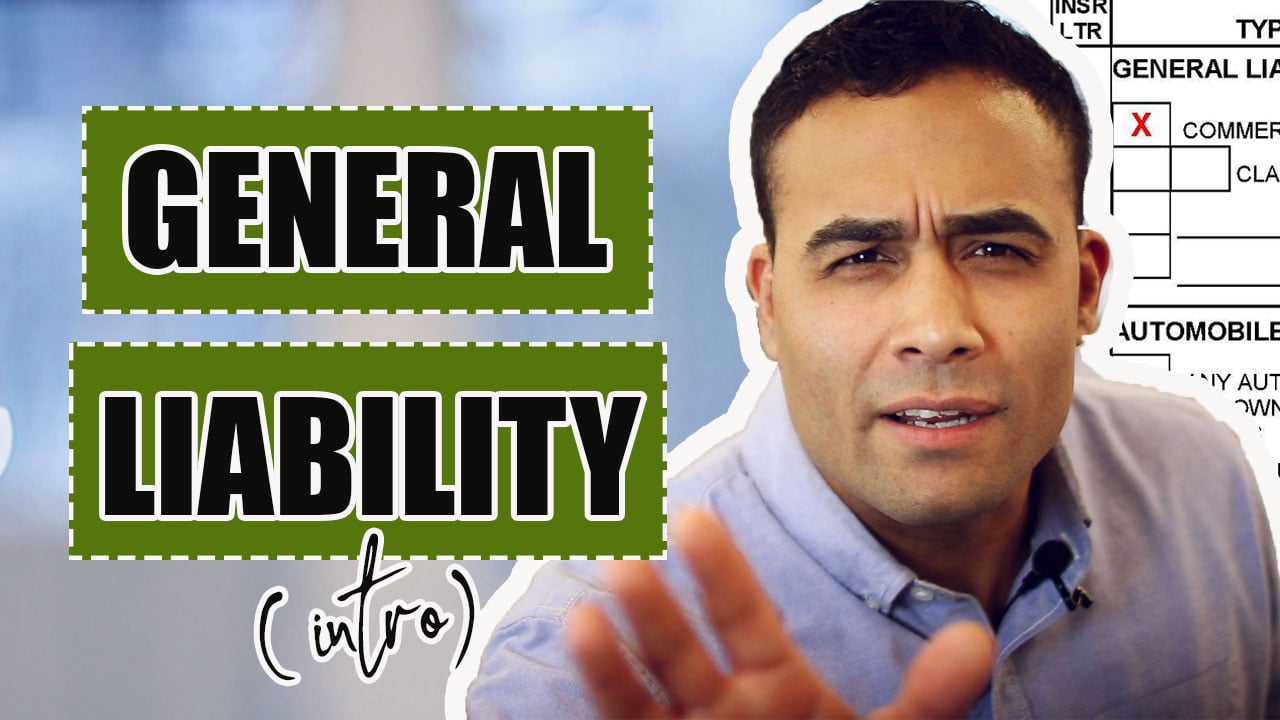
Do You Have Worldwide Coverage?
U.S. companies carry liability insurance to protect against risks. Since many operate globally, such policies need to include worldwide coverage. However, most issued domestically for U.S.-based businesses provide very limited coverage against foreign exposures.
We will review the definition of coverage territory in a general liability policy, provide examples, and outline recommendations for improving your worldwide coverage.
The definition of coverage territory in an Insurance Services Office (ISO) CG0001 12/07 Commercial General Liability Coverage Form (CGL) reads:
a. The United States of America (including its territories and possessions), Puerto Rico and Canada;
b. International waters or airspace, but only if the injury or damage occurs in the course of travel or transportation between any places included in Paragraph a. above; or
c. All other parts of the world if the injury or damage arises out of:
- (1) Goods or products made or sold by you in the territory described in Paragraph a. above;
- (2) The activities of a person whose home is in the territory described in Paragraph a. above, but is away for a short time on your business; or
- (3) “Personal and advertising injury” offenses that take place through the Internet or similar electronic means of communication provided the insured’s responsibility to pay damages is determined in a “suit” on the merits, in the territory described in Paragraph a. above or in a settlement we agree to.
Let’s look at three scenarios to determine if/when coverage is available to a company whose operations and headquarters are located in the United States. We will assume this business maintains an unamended version of the ISO CG0001 12/07 form.
1. After a U.S.-based business opens an office in London, a prospective client slips and falls at the property and sustains a bodily injury.
There is no coverage under the policy, since the London office is a fixed location outside of the coverage territory. Even if a suit is brought in the United States, it is not covered, since the accident is a premises claim and does not result from a good or product, temporary activity by a person, and/or personal or advertising injury.
2. A U.S.-based sales executive travels to Europe for an industry conference. A visitor to the executive’s booth at the conference trips on a wire and sustains a bodily injury.
There is limited coverage for suits brought in the United States, since it is bodily injury that resulted from the activities of a person away for a short time on business.
3. A U.S. business outsources the manufacturing of a product to a vendor in Mexico. A defect in that product injures a consumer in Asia.
There may be limited coverage for suits brought in the United States if the product was sold by the business from a location in the United States.
Can the ISO CGL policy be modified to include coverage for all of the above exposures and claims?
Yes. ISO uses CG2422 10/01 Amendment of Coverage Territory – Worldwide Coverage, which amends the definition of Coverage Territory to read:
“Coverage territory” means anywhere in the world except any country or jurisdiction which is subject to trade or other economic sanction or embargo by the United States of America.
This language broadens the coverage territory to include claims filed anywhere in the world not excluded by federal law.
The ISO CG2422 endorsement also modifies the CGL form to address:
- Reimbursing the insured if the insurer is unable to pay on their behalf in a particular country
- Requiring the insured to “fully maintain any coverage required by law, regulation or other governmental authority” or ISO CGL policy form will be excess of the required coverage that was not maintained
- Making the ISO CGL policy form excess of any other insurance available
Companies must carefully consider these modifications when operating outside of the United States, to ensure they comply with foreign local insurance requirements.
Are there other insurance methods available for U.S.-based businesses to insure foreign exposures?
Yes. As with most things related to insurance, there are several methods available to address foreign exposures:
- Amending the coverage territory within each insurance policy impacted by those foreign operations; the other insurance policies in your insurance program should be examined and modified as necessary similar to our discussion above on the CGL policy
- Purchasing a stand-alone foreign insurance policy and including the necessary coverages to address exposures
- Purchasing “local insurance policies” in the country where the foreign operations are conducted
- A combination of all three of these options
SUMMARY
Worldwide coverage is important to consider when you have employees traveling or working outside of the United States and/or if you have operations or physical locations abroad. Just as domestically, companies must maintain insurance to protect employees, assets, and business relationships and to help minimize the financial impact of uncovered claims.
about bcs
For more information about how bcs can minimize your exposure to vendor risk, please contact us. bcs provides the protection you need, a process you can trust, and accuracy you can depend on.
Subscribe Now
Learn from the pros about risk-mitigation, document tracking, and more, with expert articles from bcs.





Leave a comment